Noise Engineering Tymp Legio and Polydactyl Versio
More extraordinarily named modules from Noise Engineering based on its DSP platforms. Tymp Legio is a percussion module with “Wackitude”, and Polydactyl Versio brings multiband dynamics.
Tymp Legio
Noise Engineering launched the Legio platform with the Virt Iter Legio oscillator and the Librae Legio dynamics processor back in June. The next module to use the platform is the Tymp Legio which uses the exact same module but with a different firmware and front panel.
The website says that Tymp Legio is like a slimmed-down version of the legendary Basimilis Iteritas Alter (BIA). So that means we’re talking about strange digital percussive strikes, bongs and noises. In Tymp Legio the modes are condensed to Boing, Cat and Boot, which supposedly give you some idea of the content of the sound. You can switch in some Tang, dial in the Wackitude or route in some Quack for useful audio ducking.
With controls over Pitch and Decay and three methods of sound generation, there’s a very wide palette on offer here that will bring spice to any percussive patterns. The video will give you an idea of what it can do.
You are currently viewing a placeholder content from YouTube. To access the actual content, click the button below. Please note that doing so will share data with third-party providers.
Polydactyl Versio
Another firmware and another from panel for the chunky Versio platform for which we’ve seen grain delays, strange reverbs, and stereo distortions. With Polydactyle Versio you’re getting a stereo multiband dynamics processor and saturator.
It’s perfect at the end of a chain to bring your whole mix up to scratch, or you can use it on individual sounds for timbral processing. Polydactyl Version is inspired by the dynamics algorithm in the Librae Legio module and pulls it across three bands for maximum impact.
There’s also a lovely saturation knob, noise gate and limiter to give you a complete dynamics processing solution.
Availability
Both modules are shipping by the end of August and you can preorder now. The Tymp Legio is $279 and the Polydactyl Versio is $355.
Noise Engineering is killing it with these DSP modules. Evidently they can be built without any concerns for component shortages. So, as long as it can keep spinning up new and interesting ideas, there are new modules to be had. With every new release, the value of owning any of the former modules increases as they can also load the new firmware. This makes them even more versatile.
2 responses to “Noise Engineering Tymp Legio and Polydactyl Versio”
 4,5 / 5,0 |
4,5 / 5,0 | 
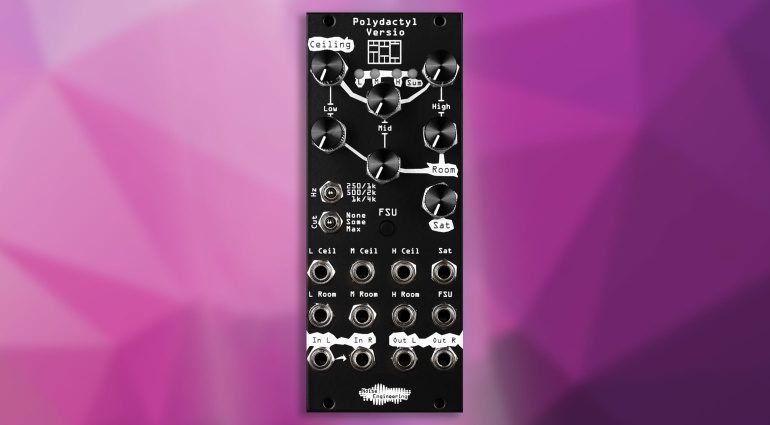
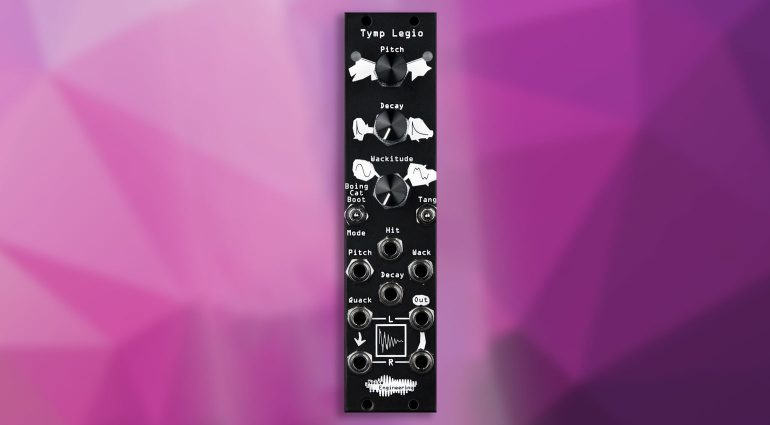



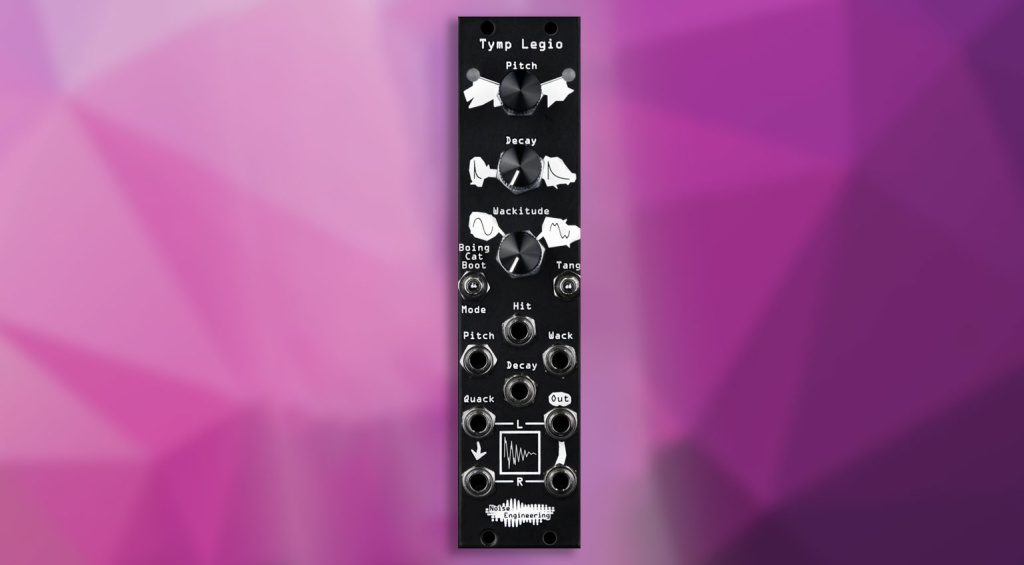
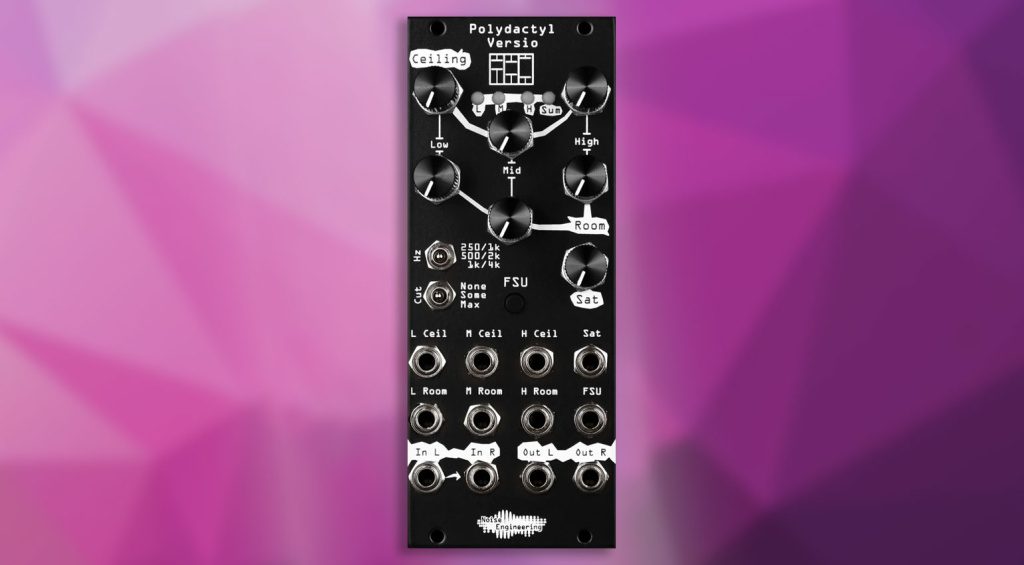



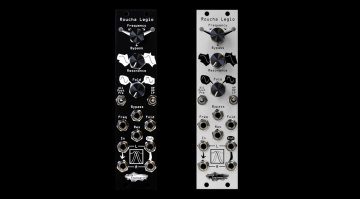
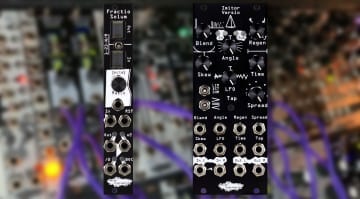
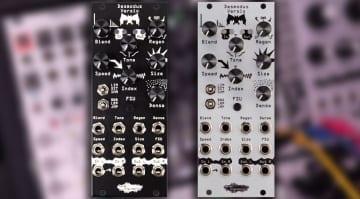
As long as Electrosmith’s Daisy seed chip is available, noise engineering and others (Qu-bit, ADDAC, etc), its just a question of software/programming, but its a very interesting way… namely what Qu-bit is doing, finally reaching Spectral stuff in eurorack…
Their module names are getting a bit tiring and irksome. I’ve lost track of what any of their new modules do because their names are all highly uninformative. Or maybe I’m just not smart enough to know Latin.